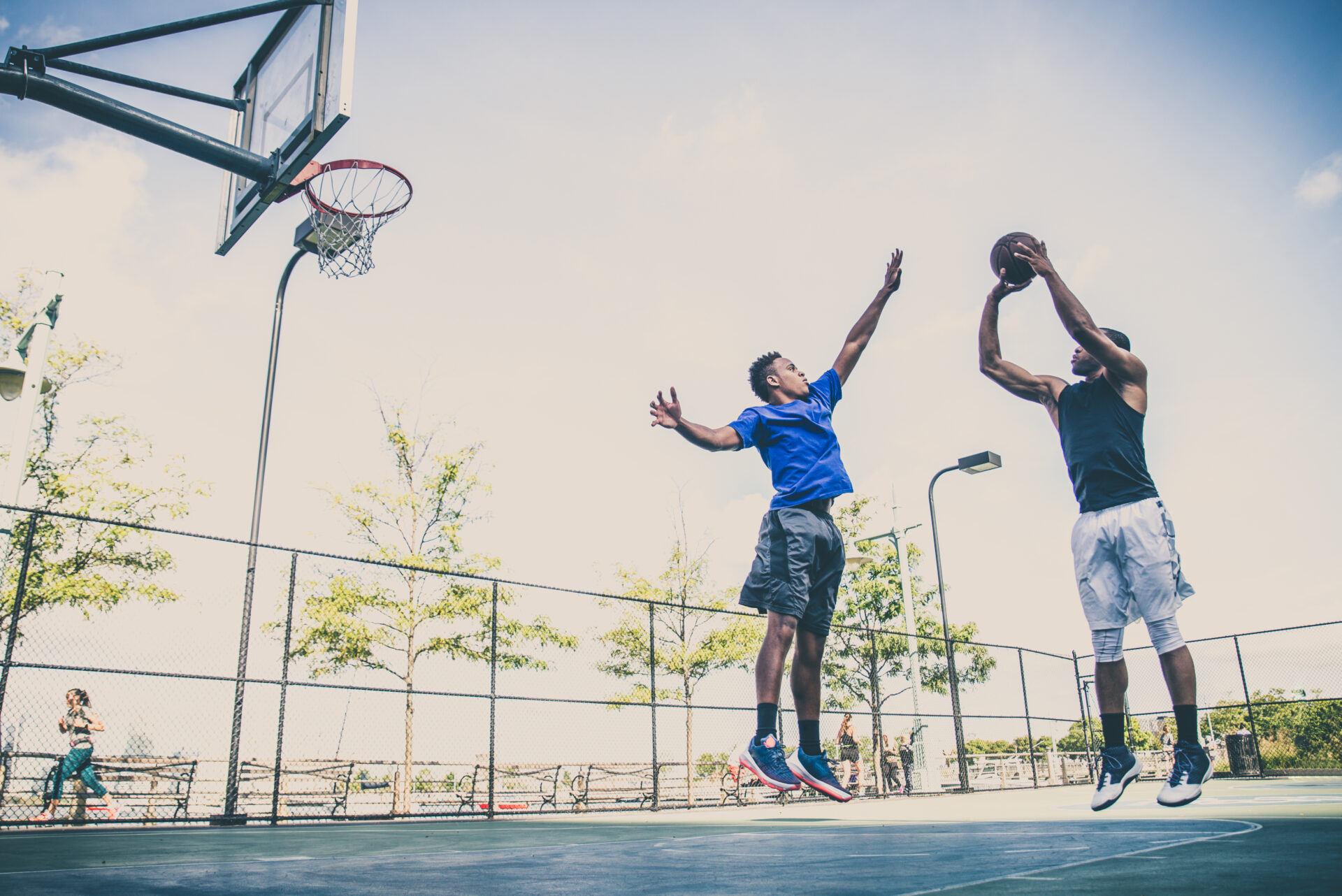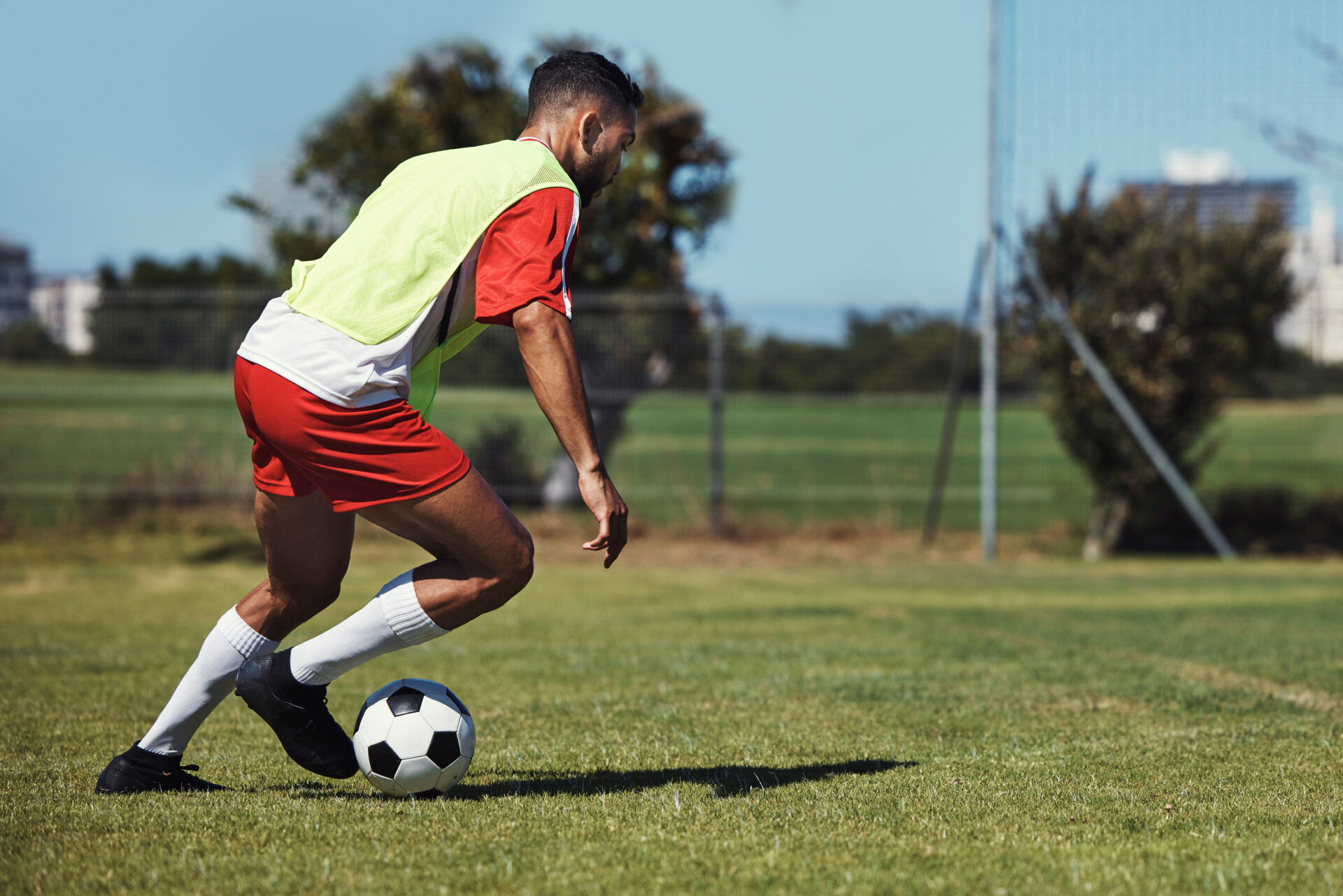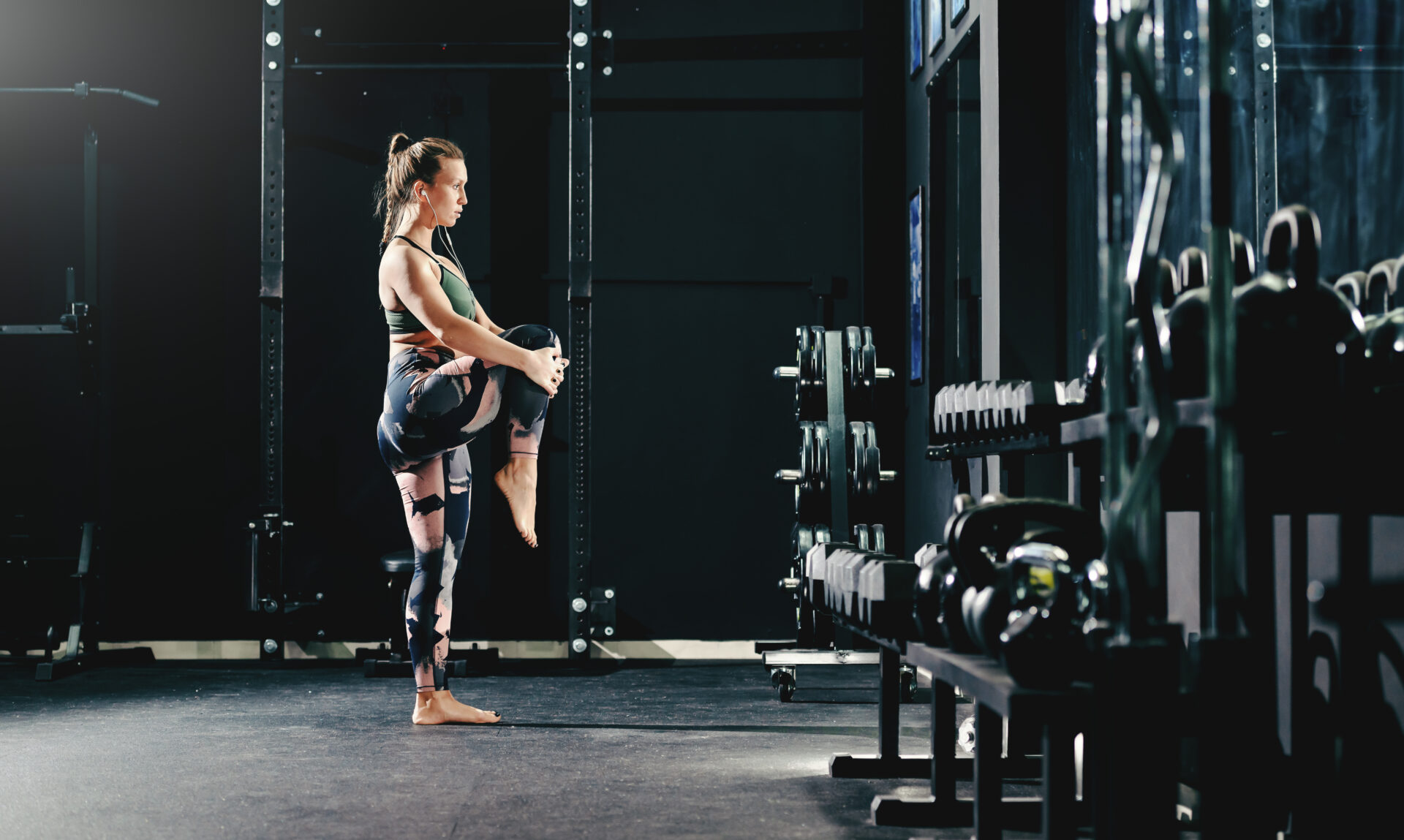Knee meniscus injuries and ACL (Anterior Cruciate Ligament) injuries are common knee problems, especially among athletes. These injuries can cause pain, swelling, and instability in the knee. This guide will help you understand knee meniscus and ACL surgeries, including pre-surgery preparation, what to expect on the day of surgery, and post-surgery recovery.
About the Author: Joseph Tauro, MD, a Board-Certified orthopedic surgeon, is nationally recognized for his expertise in treating shoulder, sports, and degenerative joint disorders. As a professor at Rutgers Medical School and a Master Instructor for the Arthroscopy Association of North America (AANA), he leads the field in developing new techniques for minimally invasive joint replacement, arthroscopic shoulder surgery, and Augmented Reality surgical training. Patients from across the U.S. are referred to Dr. Tauro for his specialized care. Request an appointment with Dr. Tauro today to experience expert orthopedic care first-hand!


Pre-Surgery Guidelines for Knee Meniscus and ACL Surgery
What You Should Do Before Knee Surgery:
Consultation with Dr. Tauro:
- Have a thorough discussion with Dr. Tauro about the procedure, risks, and benefits of knee meniscus and ACL surgery.
Medical Clearance and Preparation:
- Most younger patients with no medical problems do not require medical clearance but if you are older and have a medical condition you may need to obtain medical clearance from your primary care physician.
- Review all medications with your doctor. You may need to stop certain medications, like blood thinners, a few days before surgery.
Physical and Home Preparation:
- Engage in pre-surgery physical therapy or a home therapy program if recommended to strengthen the knee muscles and restore range of motion before meniscus or ACL surgery.
- Arrange your home to accommodate your post-surgery needs. This might include setting up a comfortable resting area and ensuring easy access to necessities. You will feel more comfortable elevating your leg for sleep during the initial recovery phase after knee surgery.
What You Shouldn’t Do Before Knee Surgery:
Eating and Drinking:
- Do not eat or drink anything after midnight before your knee surgery day. This includes chewing gum, which can produce excessive saliva in your stomach.
Smoking and Alcohol:
- Avoid smoking as it can impair healing and increase the risk of complications.
- Do not consume alcohol at least 24 hours before knee surgery.

Day of Knee Meniscus and ACL Surgery
What to Do on the Day of Surgery:
Arrive on Time:
- Arrive at the hospital or surgical center at the scheduled time. The surgery center will call you with that time generally the day before your knee surgery.
Wear Comfortable Clothing:
- Wear loose, comfortable clothing that is easy to remove and put on.
Bring Essentials:
- Bring necessary documents and a list of medications.
What to Expect on the Day of Surgery:
Pre-Operative Preparation:
- You will undergo pre-operative preparations, including vital sign checks and anesthesia administration. For larger procedures such as an ACL reconstruction, anesthesia will usually include a regional block to numb the knee in addition to general anesthesia.
Surgery Duration:
- The procedure typically takes 1-2 hours, but this can vary depending on the extent of the meniscus or ACL repair.
Post-Operative Recovery:
- After surgery, you will be monitored in a recovery area until the anesthesia wears off.
Post-Operative Care and Recovery After Knee Meniscus and ACL Surgery
Immediate Post-Op Care:
Pain Management:
- Expect some pain and discomfort, which will be managed with prescribed medications. With the regional block, there is usually minimal pain initially, which can be managed with Tylenol and ibuprofen afterward.
Brace and Crutch Usage:
- For ACL surgery and meniscal repairs (as opposed to a simple partial removal of the meniscus), your knee will be immobilized in a brace, and you will need crutches to assist with walking after knee surgery.
Follow-Up Appointments:
- Schedule follow-up appointments with your surgeon, usually 1 week post-surgery. You can pre-schedule this appointment in our office before your knee surgery.

Phases of Recovery After Knee Meniscus and ACL Surgery:
Phase 1 (0-2 Weeks): Protection and Initial Healing
- Wear the brace as directed.
- Engage in range-of-motion exercises as prescribed by Dr. Tauro and your physical therapist.
- Avoid weight-bearing activities for meniscal repairs. ACL reconstructions and simple partial meniscectomies can bear weight as tolerated. Crutches are still required if you had an ACL surgery. Keep the knee elevated to reduce swelling.
Phase 2 (2-6 Weeks): Controlled Motion
- Gradually begin controlled motion exercises under the guidance of your physical therapist.
- Focus on restoring the range of motion without straining the knee. Isometric strengthening may also be recommended by Dr. Tauro and your therapist.
Phase 3 (6-12 Weeks): Strengthening
- Incorporate strengthening exercises for the knee and surrounding muscles.
- Continue to avoid heavy lifting or activities that place excessive strain on the knee.
Phase 4 (3-6 Months): Functional Training
- Progress to functional and sports-specific training as tolerated.
- Aim to return to normal activities and sports gradually, following Dr. Tauro’s and your physical therapist’s advice.
Full Recovery After Knee Meniscus and ACL Surgery:
Time Frame:
- Full recovery can take anywhere from 6 months to a year, depending on the extent of the repair and your adherence to the rehabilitation program. Most patients can return to activities like running and sports at 6-9 months post-op.
Rehabilitation:
- Consistent and dedicated rehabilitation is crucial for a successful outcome. Attend all therapy sessions and follow your doctor’s and your physical therapist’s instructions diligently.

Frequently Asked Questions (FAQs):
How long will I need to wear the brace after knee surgery?
- Typically, you will need to wear the brace for 4-6 weeks to protect the repair.
When can I return to work after knee meniscus or ACL surgery?
- This depends on your job and the extent of your surgery. Desk jobs may allow a return within a week or 2. More physical jobs may require several months.
Will I regain full range of motion after knee surgery?
- With proper rehabilitation, most patients regain normal or near normal motion, though individual results can vary.
Knee meniscus and ACL surgeries are highly effective procedures for treating knee injuries. By following the pre-surgery guidelines, preparing adequately, and adhering to the post-operative care and rehabilitation phases, you can achieve a successful recovery and regain full function of your knee. Always communicate with Dr. Tauro and our team of orthopedic experts at AOSMI if you have any concerns during your recovery journey. If you are experiencing knee pain, are considering knee meniscus surgery or ACL surgery, and would like a consultation, schedule an appointment with Dr. Tauro today!







